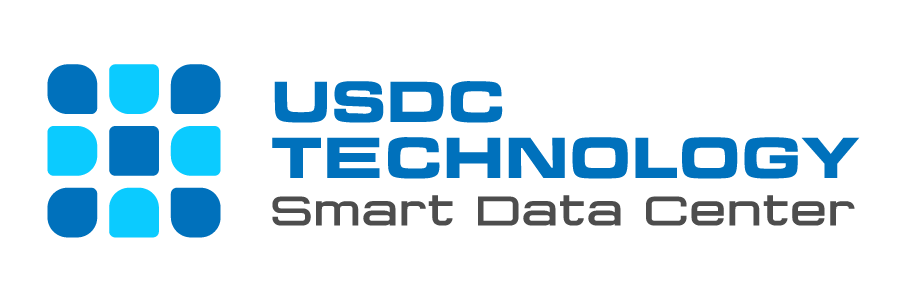According to Technavio report, the global mini data center market size is estimated to grow by USD 5,843.99 million from 2022 to 2027. The market is estimated to grow at a CAGR of over 18.17% during the forecast period. However, the growth momentum will progress. North America will account for 38% of the market’s growth during the forecast period. The growth of the market depends on serval factors, including an increase in demand among SMEs, increased deployment of VDI, and being highly efficient at low cost.
This report extensively covers market segmentation by type (containerized data centers and micro data centers), Business segment (SMEs and large enterprises), and geography (North America, APAC, Europe, South America, and Middle East and Africa). It also includes an in-depth analysis of drivers, trends, and challenges. Furthermore, the report includes historic market data from 2017 to 2021.
Segment overview
The containerized data centers segment will contribute significantly to the market’s growth during the forecast period. Container data centers are the main support for future enterprises, providing the ability to use edge computing and disaster recovery. Businesses become competitive and want to expand to get more profit. The capacity of currently operating data centers will likely be depleted to make future business operations more efficient. Digital content produced by electronic devices is also exploding, increasing the need for reliable data center infrastructure with strong storage and processing power. Such factors will increase segment growth during the forecast period.
Geography overview
By geography, the global mini data center market is segmented into North America, APAC, Europe, South America, and Middle East and Africa. The report provides actionable insights and estimates the contribution of all regions to the growth of the global mini data center market. North America is estimated to account for 38% of the growth of the global market during the forecast period. Traditional data centers continue to grow in the United States, and mini data centers are being deployed in branch office environments. These mini data centers are primarily used by US government agencies and have recently spread to various industries such as healthcare. Infrastructure vendors such as HPE and Emerson Network Power may see market share during the forecast period. As the construction of modular data center facilities increases and awareness grows, these mini data centers will soon replace SMB server rooms. They are likely to see increased usage in sectors such as healthcare, education, and BFSI. Such factors will increase the market growth during the forecast period.
The key factor driving market growth
- The increased deployment of VDI is notably driving market growth.
- Virtual Desktop Infrastructure (VDI) is transforming the IT workspace. Many companies around the world are busy implementing VDI solutions to facilitate flexibility in the workplace. The largest users of VDI solutions are healthcare, BFSI, and education.
- The emergence of converged infrastructure solutions and mini-data centers offers all SMEs the opportunity to implement mini-data centers with a unified IT infrastructure.
- This includes creating servers, storage, and networking to host multiple virtual machines in the same office building (rather than building data centers or co-locating existing data centers). Such an infrastructure can also be hosted in a small data center environment.
- During the forecast period, VDIs may consider the advantages of small data centers for internal VDI deployments. This will help grow the market.
Leading trends influencing the market
- The growing need for edge computing is the key trend in the market.
- Edge computing is an architectural model in which data produced by IoT devices is processed at the edge of the network, which is primarily located near the data source. The number of Internet devices is estimated to grow to 11.7 billion in 2020, giving a significant boost to the global data center market.
- Many industries such as manufacturing, utilities, retail, automotive and social media are using IoT to augment data. By the end of 2021, IoT-enabled devices will increase data center traffic by about 40 times.
- The growing number of IoT-enabled devices is creating a need for edge computing services. Commercial deployment of 5G will also provide a significant boost to the market by the end of the forecast period.
Major challenges hindering the market growth
- Operational limitations are the major challenge impeding the market growth.
- The focus of data center operators is on improving power density at the rack level by using high-performance computing infrastructure. Many mega data center racks have a thermal density of 20 kW to 25 kW.
- However, micro data center modules have limited support for such a high-performance infrastructure. This is because as the power density increases, power and cooling requirements increase.
- Using an efficient computing infrastructure with inadequate power and cooling systems leads to equipment failures that disrupt business continuity.
- Disaster recovery modules must be able to sustain operations during outages and failures without compromising performance.
News Contact:
Universal Smart Data Center Technology
Phone: (+84) 28 73080708
Email: info@usdc.vn


